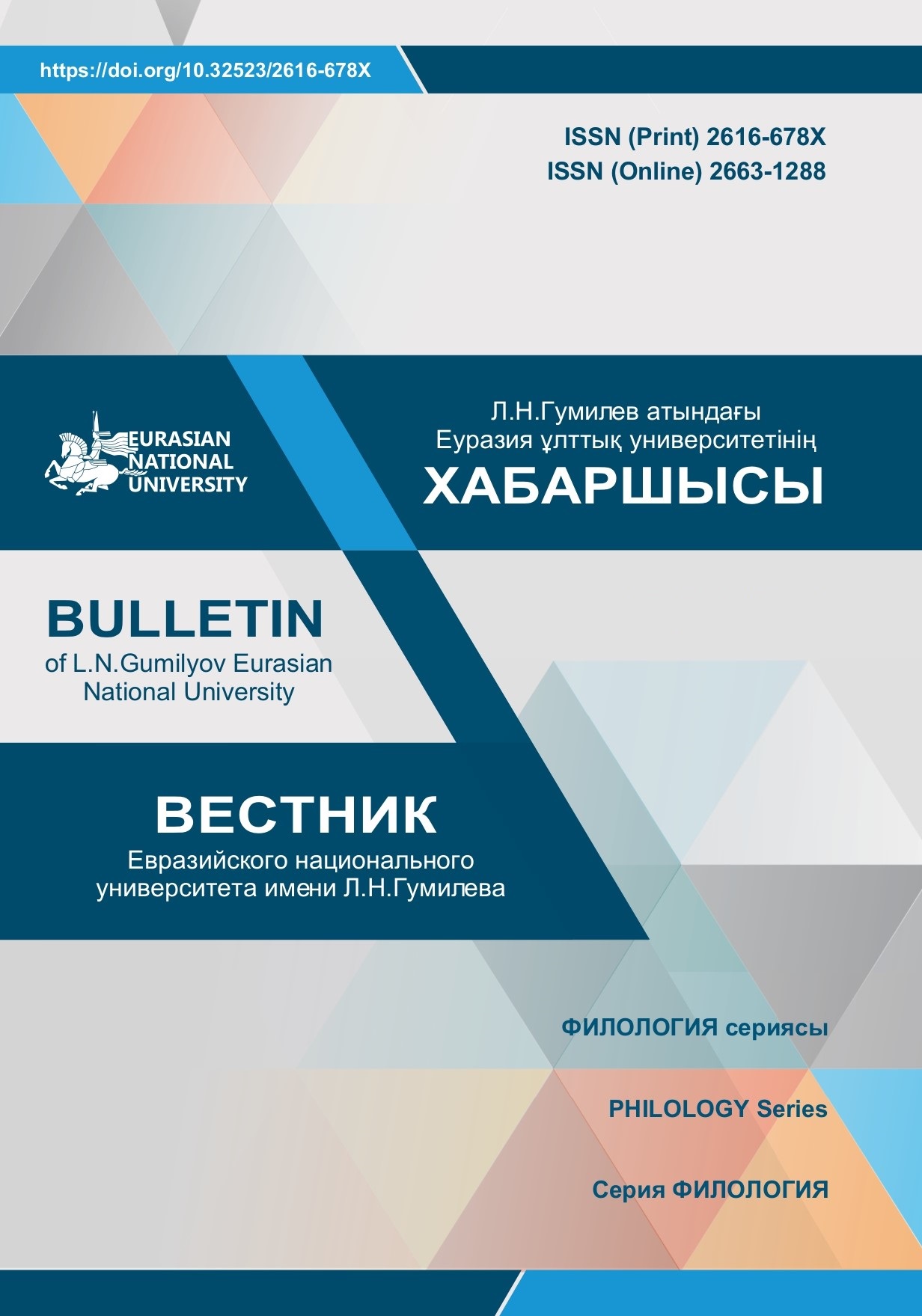Peculiarities of Kazakh and Chinese Metaphors
Views: 118 / PDF downloads: 70
DOI:
https://doi.org/10.32523/2616-678X-2018-124-3-98-108Keywords:
metaphor, metaphorization process, cognitive metaphor, Chinese and Kazakh languages, universal and nation-specific featuresAbstract
In this paper, metaphors are compared in the Chinese and Kazakh languages, and are
viewed from a cognitive perspective. Associative representations about various phenomena of nature,
images of people and animals are described, and universal and national-specific features of the mechanisms
of metaphorical meanings are revealed.
A component analysis of various concepts in Chinese and Kazakh languages has been performed,
and their connotative semes have been singled out. Associations related to these concepts have been
studied, based on knowledge of the national and cultural characteristics of the two peoples. As a result of the analysis, nationally specific as well as universal features of the Chinese and
Kazakh peoples were revealed. Several types of semantic relations of the same concepts on the original
denotation in two different languages are defined.







